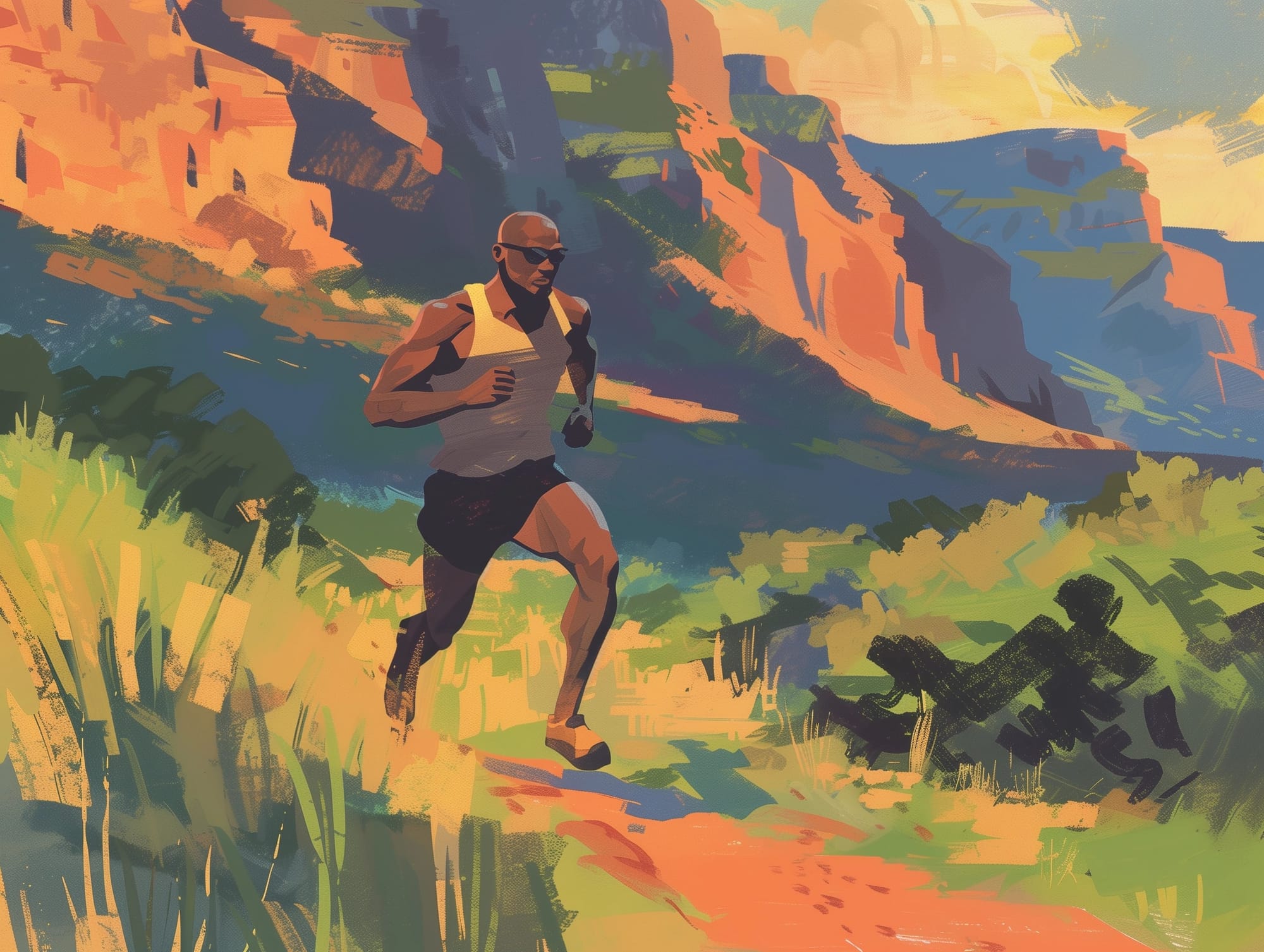
Strides: Speed Without Burnout
You don’t need to crush sprints or suffer through intervals to start getting faster. Sometimes all it takes is a few seconds of controlled speed to unlock better running form, improved coordination, and a smoother stride.
Enter the stride: the most underused, overpowered tool in a runner’s toolbox.
What Are Strides?
Strides — sometimes called striders or accelerations — are short bursts of fast running (20–30 seconds) at about 85–95% of your max speed, focusing on smooth, powerful movement rather than all-out sprinting. Think fast, relaxed, controlled.
The purpose isn’t to gas yourself. It’s to sharpen your mechanics and speed while staying fresh.
Why Strides Matter
Strides improve the parts of running that mileage alone can’t touch:
- Neuromuscular coordination: your brain and muscles communicate faster
- Running economy: you move faster with less effort
- Form and posture: reinforces efficiency at high speed
- Leg turnover: boosts cadence without forcing it
- Race readiness: helps you change gears smoothly during surges and final kicks
They’re small, but they move the needle — especially when layered consistently into an easy-run routine.
When & How to Do Strides
General format:
- 4–8 reps
- 20–30 seconds each
- Start easy → build gradually → finish near 90–95% effort
- Walk or jog 60–90 seconds between reps
Not complicated — just controlled acceleration, smooth mechanics, and full recovery.
Sample Stride Sessions
After an Easy Run (most common)
- Jog 3–5 miles easy
- Finish with 4–6 × 20 sec strides
- Walk/jog between reps
Before a Race or Hard Workout
- After warm-up + drills
- 4 × 20 sec strides to wake up the legs
- 1–2 minutes rest between reps
Weekly Consistency
- 1–2 times per week
- Add them to easy days, not speed days
A little goes a long way.
Form Focus
Strides are form under speed, not raw speed.
Cues to think about:
- Relax shoulders, hands, and jaw
- Slightly higher knee lift vs. easy pace
- Push off the ground with intent — not force
- Cadence fast but smooth
- Arm swing drives rhythm
If anything feels tense, you’re pushing too hard. Fast should still feel fluid.
Music (Optional)
If you like training with music, strides pair well with:
- 170–190 BPM (matches high turnover)
- Punchy instrumental sections or rhythmic build-ups
Or go unplugged and tune in to breath + footstrike — both work.
Why They Work So Well
Strides slip speed into your week without the wear and tear of track work or intervals. They:
- Prepare the body for harder workouts
- Improve efficiency at all paces
- Reduce injury risk during speed training
- Make fast running feel familiar instead of scary
Think of strides as the bridge between easy miles and structured speedwork — and as the seasoning that makes a training plan come alive.
Common Mistakes
Avoid these to get the full benefit:
- Sprinting all-out
- Too little recovery
- Stacking them onto already hard sessions
- Doing them when your legs are trashed
The goal is sharp, not shattered.
Quick Checklist
- 4–8 × 20–30 seconds
- 60–90 sec walk/jog between
- Build to 90–95% effort — never all-out
- Relaxed upper body, smooth cadence
- 1–2× per week after easy runs
Final Thoughts
If you want to get faster without feeling wrecked, strides are your secret weapon. They take 10–15 minutes, require zero equipment, and quietly level up nearly every part of your running.
Fast, relaxed, controlled — that’s the stride formula.








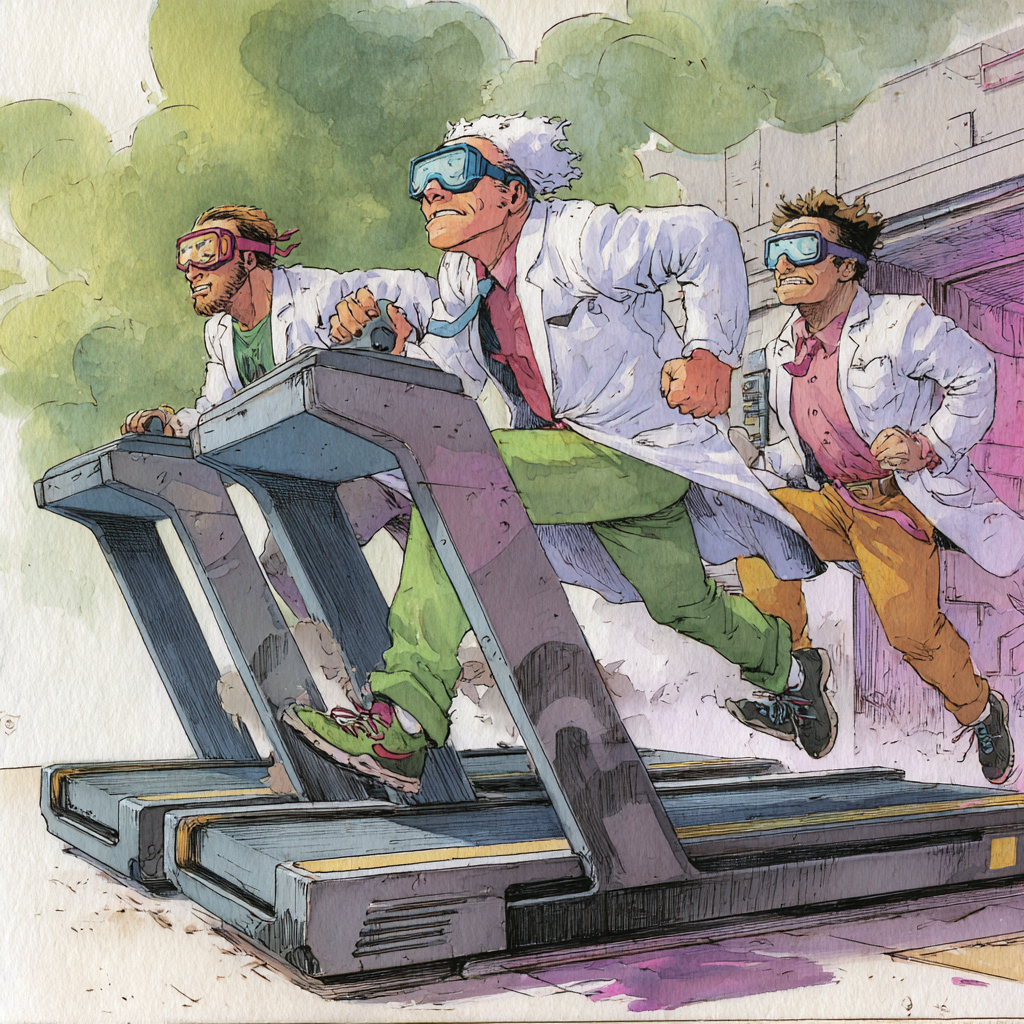


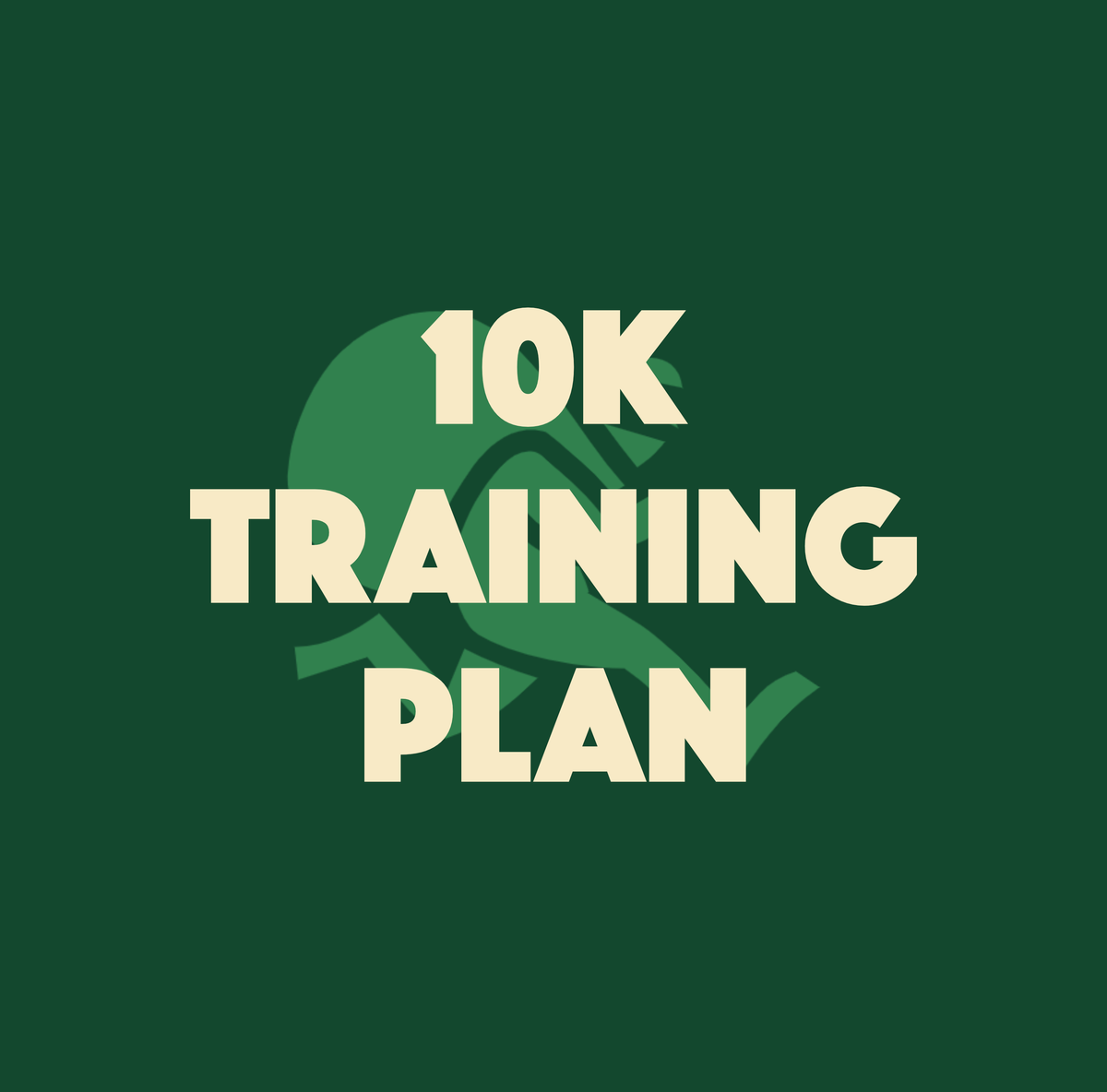
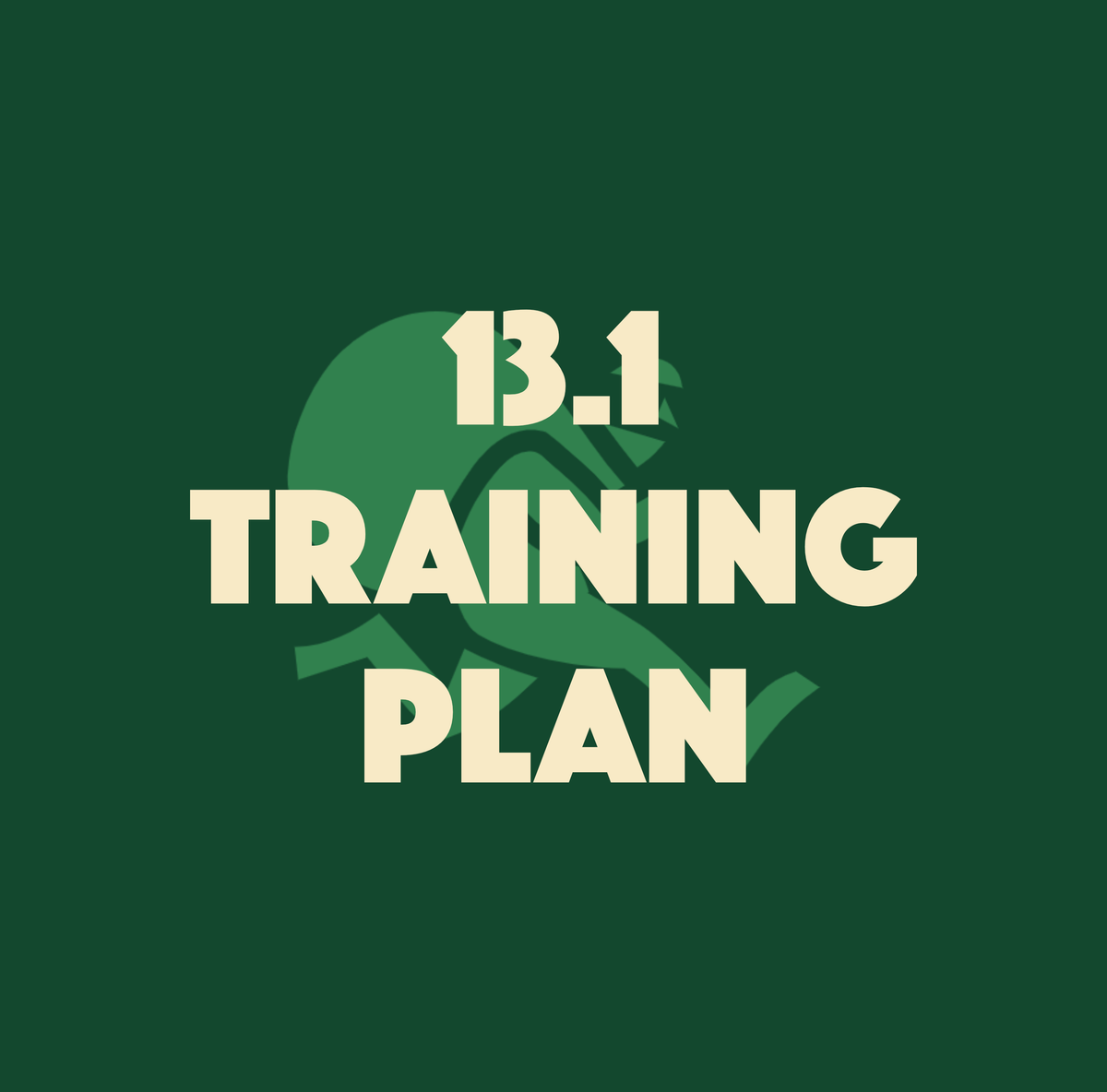
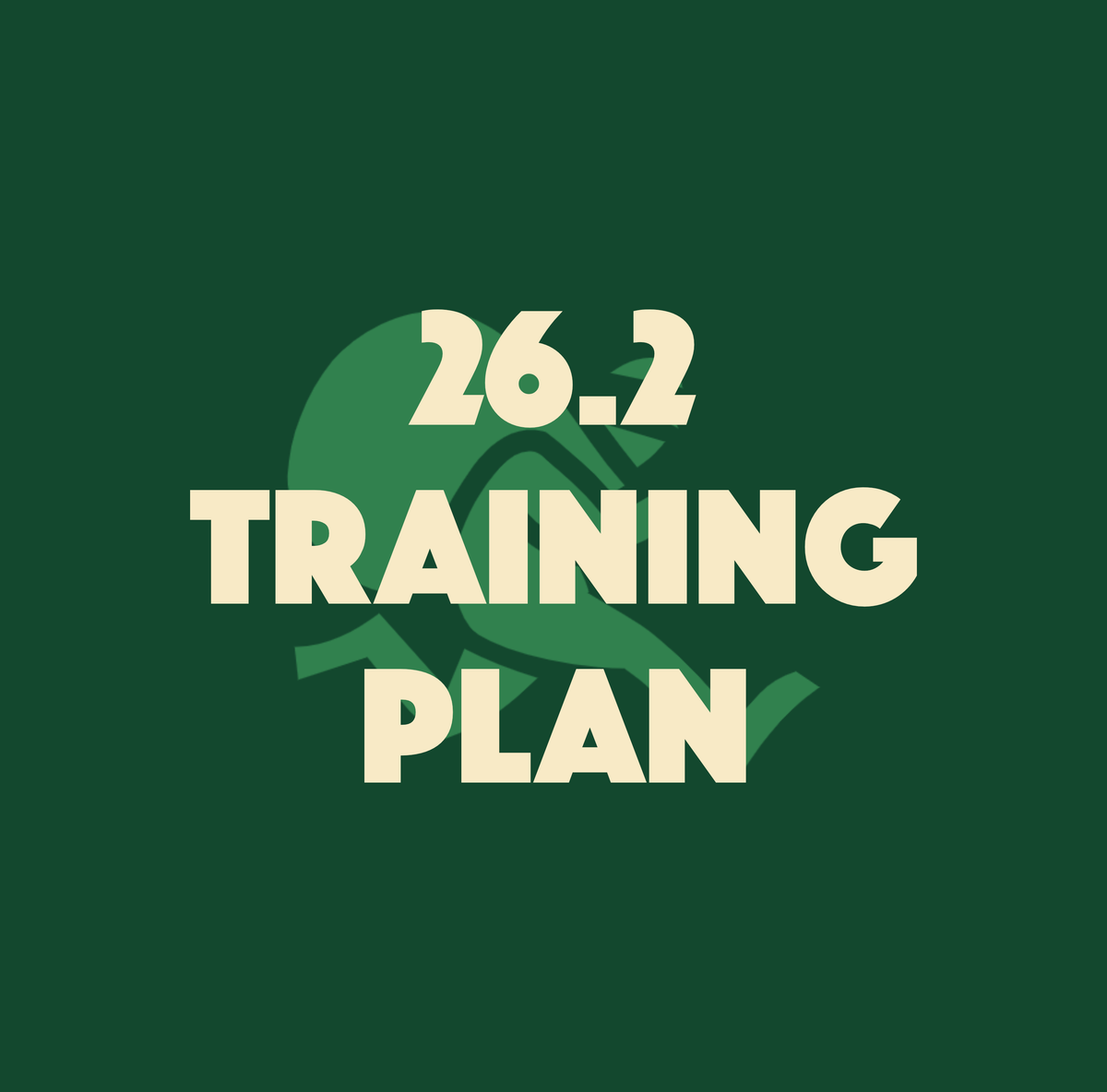






Subscribe to get updates on new content, merch and more from Sendō Worldwide.
Check out some Research: our free collection of training plans, workout guides, nutrient-dense grocery lists, pace calculators, and other tools to support your quest.
Browse the Online Shop for apparel, accessories and training books to equip yourself for the path ahead.
Have a tip, story, or idea? It could end up in a future post. Email me anytime with questions, thoughts, or even confessions — we're all in this together.
